Introduction
Trier University of Applied Sciences is one of the largest universities of applied sciences in Rhineland-Palatinate, Germany, and one of the best universities of applied sciences in Germany. It has outstanding teaching quality in many professional fields and is a member of the European University Association (EUA).
Overview
Student size: With about 6,000 students, the school is large and can provide students with rich learning resources and diverse learning and exchange opportunities.
Course settings: The school offers a total of 80 degree courses on three campuses, covering mechanical engineering, electrical engineering, civil engineering, construction and supply engineering, food technology, computer science, games, therapeutic sciences, economics, law, environmental studies, architecture, design and other fields.
History and establishment time
Its predecessor can be traced back to the School of Architecture and Industrial Art School in 1830. It was named "Rhine Palatinate University of Applied Sciences" from 1971 to 1996 and was officially renamed Trier University of Applied Sciences on September 1, 1996.
School strength
Faculty: It has about 170 professors and about With 700 academic and non-academic staff, the university has a large faculty and is able to provide professional teaching and guidance to students.
Research strength: In 2022, professors and staff received approximately 16.7 million euros in third-party funding, making it the university of applied sciences with the most third-party funding in Rhineland-Palatinate. In addition, the school has about 80 doctoral students who are conducting doctoral research in cooperation with universities in Germany and around the world.
International Cooperation: It maintains cooperative relations with more than 140 institutions in the world, actively carries out international exchange and cooperation projects, and provides students with a broad international perspective and exchange opportunities.
Nature of the institution
Public university of applied sciences.
Educational philosophy
Emphasis on practice-oriented, focusing on the close integration of teaching and scientific research, and is committed to cultivating high-quality application-oriented talents with innovative spirit and practical ability who can adapt to the needs of social development.
Key laboratories and disciplines
Key laboratories: The Institute for Applied Material Flow Management (IfaS) is one of the school's important research institutions, focusing on research in the fields of sustainable development and material flow management, and has carried out projects such as "Zero Emission Campus", providing technical support and practical examples for the sustainable development of the campus.
Key disciplines: The school's key disciplines include sustainable development, digitalization and health, and the teaching quality in majors such as architecture, machinery, electronics, and design is at the world's leading level.
Department
The school is divided into three campuses, each with different departments:
Schneiders Hof Main Campus: Civil Engineering and Supply Engineering + The faculties of Food Technology, Computer Science, Engineering, Business, and Design & Architecture offer 24 Bachelor's programs, 14 Master's programs, and 9 dual degree programs.
Birkenfeld Environmental Campus: There are two faculties, Environmental Planning/Environmental Technology and Environmental Business/Environmental Law, offering 16 Bachelor's programs, 14 Master's programs, and 8 dual degree programs, all of which deal with environmental topics from a technical, economic, legal or social perspective.
Campus of Art and Design: There are disciplines such as Architecture, Cross-Media Design, Interior Architecture, Fashion Design and Communication Design, as well as the Faculty of Gems and Jewelry, offering 6 Bachelor's programs and 6 Master's programs.
Ranking
Birkenfeld Environmental Campus has been rated as "the most sustainable university location in Germany" with its zero-emission concept and ranks sixth out of 1,050 universities in 85 countries participating in the prestigious UI GreenMetric ranking.
Expenses
German public universities generally do not charge tuition fees, but students need to pay a tuition fee of about 150-350 per semester. Registration fees and other living expenses in Euros, which may vary depending on the major and campus.
Campus
Schneiders Hof Main Campus: It is the largest campus of Trier University of Applied Sciences, just a few minutes' walk from the center of Trier and the Roman monuments. It is located on a hill in the forest and overlooks the Moselle River, the Kaiser Wilhelm Bridge and the center of Trier. The campus houses the university administration and important service facilities such as the library, career service center, international office and student service center, as well as facilities such as sports fields and cafeterias. There are outdoor recreation areas nearby.
Birkenfeld Environmental Campus: It is located about 5 kilometers south of the city of Birkenfeld and only a few kilometers from the Hunsrück-Hochwald National Park. The campus has an ecological building concept, CO2-neutral energy and heating systems, and modern building and system technology. There are more than 600 dormitory beds, sports fields and canteens for students to use.
Campus for Art and Design: Located in the Irminen Freihof and Paulusplatz buildings in the center of Trier, and the gem city of Idar-Oberstein. The campus is located in two ancient buildings and is full of artistic atmosphere, providing students with a creative and inspiring learning environment.
-
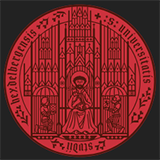
Heidelberg University
-
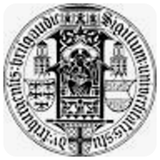
University of Freiburg
-
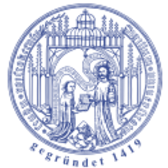
University of Rostock
-
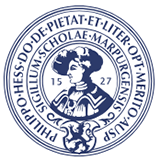
University of Marburg
-
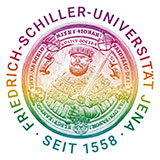
University of Jena
-
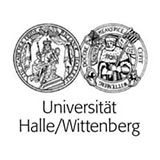
University of Halle-Wittenberg
-
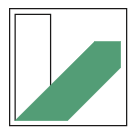
University of Bayreuth
-

Leipzig University
-
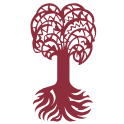
University of Tübingen
-
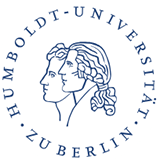
Humboldt University of Berlin
-

Mesoamerican University
-

Istmo University
-

Mariano Galvez University of Guatemala
-

Regional University of Guatemala
-

Galileo University
-

Francisco Marroquín University
-

Rafael Landívar University
-

University of the Valley of Guatemala
-

University of San Carlos of Guatemala
-

Technological Institute of Tlaxcala Plateau
-

Golfo University
-

Technological University of South Sonora
-

Technological University of Huejotzingo
-

Tizimín Institute of Technology
-

Chilpancingo Institute of Technology

